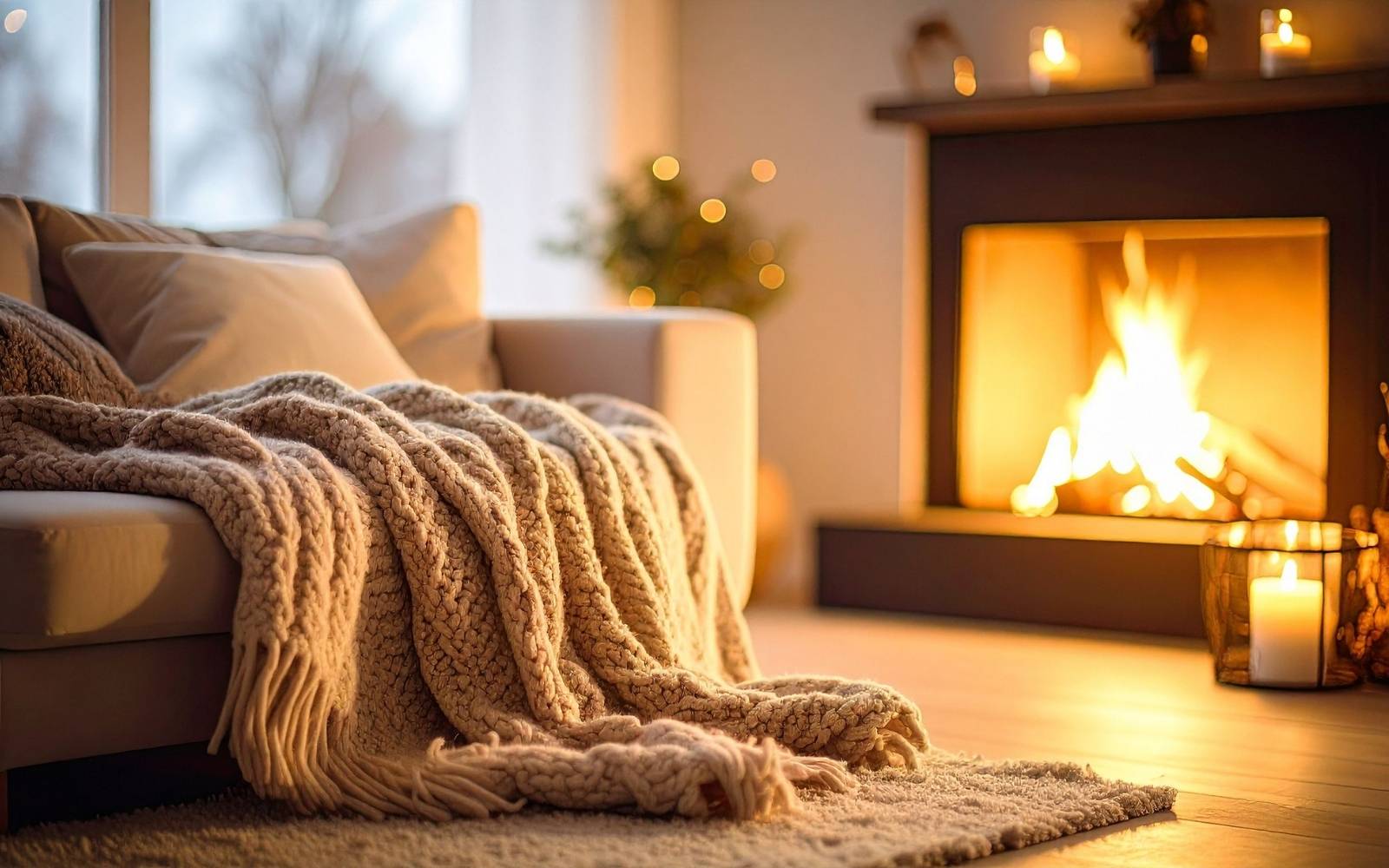- Home
- Articles
- Architectural Portfolio
- Architectral Presentation
- Inspirational Stories
- Architecture News
- Visualization
- BIM Industry
- Facade Design
- Parametric Design
- Career
- Landscape Architecture
- Construction
- Artificial Intelligence
- Sketching
- Design Softwares
- Diagrams
- Writing
- Architectural Tips
- Sustainability
- Courses
- Concept
- Technology
- History & Heritage
- Future of Architecture
- Guides & How-To
- Art & Culture
- Projects
- Interior Design
- Competitions
- Jobs
- Store
- Tools
- More
- Home
- Articles
- Architectural Portfolio
- Architectral Presentation
- Inspirational Stories
- Architecture News
- Visualization
- BIM Industry
- Facade Design
- Parametric Design
- Career
- Landscape Architecture
- Construction
- Artificial Intelligence
- Sketching
- Design Softwares
- Diagrams
- Writing
- Architectural Tips
- Sustainability
- Courses
- Concept
- Technology
- History & Heritage
- Future of Architecture
- Guides & How-To
- Art & Culture
- Projects
- Interior Design
- Competitions
- Jobs
- Store
- Tools
- More
Top Design Solutions to Maximize Your Small Spaces
Explore innovative design solutions for small spaces in this enlightening article. Discover how strategic planning, minimalism, and functional furniture can optimize your limited space. Learn about visionary techniques like using mirrors, downsizing furnishings, and optimizing lighting to create an illusion of grandeur.

There’s something about small room design that can leave even the most seasoned decorator in a cold sweat. It’s true, these compact spaces demand more creativity and strategic planning than their larger counterparts. But, fear not! With the right approach, even the tiniest of rooms can transform into a stylish and functional haven.
We’re here to dispel the panic around small room ideas, armed with a wealth of knowledge from the world’s best interior designers. Whether it’s a cozy living room or a petite bedroom, we’ve encountered spaces of every shape and size.
Minimalism, functional furniture, and clever layout reconfigurations are just some of the trends making waves in small space design. So, buckle up and get ready to explore the best design solutions that will make your small spaces feel larger than life.

Table of Contents
ToggleMaximizing Space and Functionality
We’ll now delve deeper into some key strategies that can immensely aid in maximizing the use and feel of small spaces. By integrating multi-purpose furniture, smartly utilizing vertical space, and simplifying color schemes, we can transform tight places into functional, welcoming environments.
Multi-Purpose Furniture: The Hidden Gem
Investing in multi-purpose furniture proves to be a game-changer in small space planning. Furniture such as sofa beds, desks that transform into dining tables, storage ottomans, and lift-top coffee tables serve more than a single function, saving necessary space while also providing the desired convenience. This approach allows small spaces to accommodate a variety of uses, turning limitations into valuable assets.
Incorporating Vertical Space
In tight spaces, every centimeter plays a crucial role, making vertical space a gold mine waiting to be tapped. For example, installing curtain rods close to the ceiling and adding trim to drapes can elongate the appearance of rooms, creating an illusion of a higher ceiling. Similarly, using custom millwork and panel-ready appliances in kitchens helps to lighten and declutter the space while offering multiple storage options. In smartly designed settings, a small footprint need not restrict the breadth of use – height can be your new frontier.
Simplifying Color Schemes
Color can significantly impact our perception of space. Using uniform color schemes can create a sense of continuity, making rooms seem expansive. For instance, alternating shades of a single color on walls, furniture, and decor can provide subtle variation while maintaining visual cohesion. Similarly, integrating stripes in your design, either horizontal or vertical, can enhance the spacious feel. While bold colors add character, opting for lighter shades gives the room an airy feeling and can make the space seem larger than it is. A simplified color scheme executed correctly can redefine the dynamics of a small space, making it more inviting.

Strategic Arrangement and Layout
When intentionally and strategically styled, small spaces can undoubtedly exhibit both functionality and profound aesthetic appeal.
Defining Spaces with Rugs and Partitions
One highly effective strategy that we emphasize is the use of rugs and partitions. Rugs, with their myriad patterns, colors, and textures, can distinguish sections within a space. For instance, a striped rug that runs widthwise can increase the perceived width of a narrow living room, much like designer Cameron MacNeil did in his 15-foot-wide house. Similarly, partitions can visually divide areas without blocking light or hindering airflow. A floating desk, as implemented in designer Sarah Solis’ Los Angeles home, serves as an innovative solution. It provides a defined workspace, consuming less visual square footage than a conventional desk, thus ideal for compact areas.
Embracing the Minimalist Approach
A common philosophy we suggest for managing less spacious environments is embracing minimalism. By curating furniture and décor to only the most essential and loved pieces, we can make small rooms feel uncluttered and more spacious. A perfect example is considering a more streamlined piece like a lounger or daybed over a traditional sofa in a small living room, as suggested by Style Head Paula Taylor of Graham & Brown.
Making the Most of Architectural Features
Lastly, capitalizing on existing architectural features can vastly enhance the feel of a compressed space. For instance, low, angled, or curved ceilings that would traditionally make a room appear smaller can be turned into an asset. Designer Patrick Gallagher manipulated such a feature in his Rome apartment – using subtly patterned wallpaper to accentuate instead of suppress the uniqueness of a barrel-vaulted ceiling. Moreover, employing floor-to-ceiling curtains, as featured in a Colorado home, can create an illusion of higher ceilings and greater scale.
Innovative Storage Solutions
In designing small spaces, innovative storage solutions play an integral role. It’s all about embracing the use of underutilized areas and adopting strategic designs, such as floating shelves and wall systems.

Underutilized Spaces as Storage Havens
Often, the problem doesn’t lie in the lack of space, but in our lack of imagination. Corners, nooks, and even walls carry the potential to transform into extraordinary storage spaces with a little creativity. Even the most awkward and overlooked spots in a room can provide invaluable storage space. For instance, the space beneath the stairs can double as a stylish bookcase or extra cupboard. Niches in the wall also serve as perfect spots to create additional shelving, making use of vertical space that would otherwise go unnoticed.
Floating Shelves and Wall Systems
Another ingenious design solution is the use of floating shelves and wall systems. Not only do they add visual interest to the walls, but they also offer versatile storage options without taking up floor area. For a sleek, modern look, consider floating shelves in geometric patterns. Alternatively, a comprehensive wall system serves as more than just a shelf—it can combine cubbies, hooks, and benches to provide a multi-functional storage solution. Keep in mind, it’s essential to maintain uncluttered displays to prevent your storage solution from overwhelming a small space. Stick to a limited number of items and consider a cohesive color palette for the best results.
Enhancing the Feeling of Space
Expanding the perceived space in small rooms requires more than the placement of furniture or storage solutions. It involves using visionary design techniques that create illusions of grandeur, improve illumination, and keep spaces feeling airy and inviting. Here, we delve into three strategies: the magic of mirrors and reflective surfaces, the art of scaling down furnishings and the impact of lighting and transparency.

The Magic of Mirrors and Reflective Surfaces
Mirrors and reflective surfaces create a magnificent effect in small rooms. They not only double the perceived size of the space by capturing and reflecting the surroundings, but also bounce light around the room. For instance, placing a mirror opposite a window can increase the natural light in the room, making it more radiant and feeling roomier. Twin mirrors, as designer Sabina Linn used in her Georgian house, amplify the illusion of depth and boost the room’s natural light. Reflective furniture, such as mirrored coffee tables or shiny metal accents, can also contribute to this enlightening and enlarging effect.
Scaling Down Furnishings
A frequent fallacy with small spaces is the attempt to squeeze in standard-sized furnishings. The reality is, opting for smaller, cleverly designed pieces or multi-functional furniture can vastly improve room flow and functionality. For instance, in a small kitchen, a bulky island might be impractical. Instead, consider using a round oak pedestal table, as designer Sabrina Linn did. This table doubles as an additional preparation surface, and its circular shape eliminates awkward corners, maximizing the usable space. Choosing an L-shaped or corner sofa rather than a conventional one allows for additional seating while keeping the room open and accessible.
The Impact of Lighting and Transparency
Maintaining a bright, airy sensation in a diminutive space often boils down to a judicious use of light and transparency. Natural light is the most effective tool for this purpose, as it fills the room, eliminates dark shadows, and creates a sense of expansion. Where possible, try to let in as much natural light as possible. If windows are limited or non-existent, consider using transparent or semi-transparent materials for furniture or partitions. This allows light to pass through and doesn’t visually cut off sections of the room, preserving an open feel. Furthermore, a well-placed lighting fixture can highlight parts of the room and give it depth, while a strategically placed accent wall brings dimension to shallow spaces.

Conclusion
Building on the previously outlined concepts, let’s unearth more advanced techniques to augment small space designs. We explore strategic planning methods that reinforce room functionality without compromising aesthetic appeal.
Floating Furniture
According to designer Sarah Solis, a remarkable way to conserve space is by implementing “floating” furniture. This technique, showcased in a vibrant Los Angeles family den, involves suspending a desk or table mid-air, allowing the surface to appear as if it’s levitating. The minimalist design uses less visual square footage compared to traditional, legged furniture, and optimizes a smaller space effectively.
Ceiling-focused Design
Interior design professional Patrick Gallagher executes an intriguing approach to managing low or angled ceilings. By refocusing attention from the limited floor space, Gallagher cleverly uses diamond-patterned wallpaper to visually augment and accentuate the height of barrel-vaulted ceilings. This helps create an expansive optical illusion in living rooms and similar areas.

Spacial Furniture Placement
Reject the temptation to push all your furniture against the walls. Incorporating space around key furnishings helps retain a sense of roominess. Gisela, an experienced designer, underscores the importance of selecting a sofa with a slim profile and tapered legs. This design choice elevates the furniture, making it less imposing on the room while creating an illusion of extra space.
Implementing Bay Windows
Puzzling over how to dress bay windows effectively? These popular features can be both a blessing and a design challenge in small spaces. Properly executed, bay windows can let in natural light and expand a room’s visual boundary, adding another layer of depth and interest to the space.
By thoughtfully integrating these advanced strategies, it’s feasible to maintain aesthetics while maximizing space utilization. These design techniques innovatively prioritize function and form promoting a harmonious blend of practicality and style.
Submit your architectural projects
Follow these steps for submission your project. Submission FormLatest Posts
Latest Interior Design Styles Sweeping the USA in 2026
Interior design trends in the USA for 2026 reflect a shift toward...
9 Innovative Concepts Shaping Interior Design in USA
Interior design in the United States is shifting toward spaces that prioritize...
Interior Design Tips for Creating Timeless and Functional Living Spaces
There’s something magical about walking into a home that just works. Not...
Fireplace Design Trends for 2026: Materials, Technology, and Form
In 2026, fireplaces have evolved into architectural focal points that shape atmosphere,...












Leave a comment